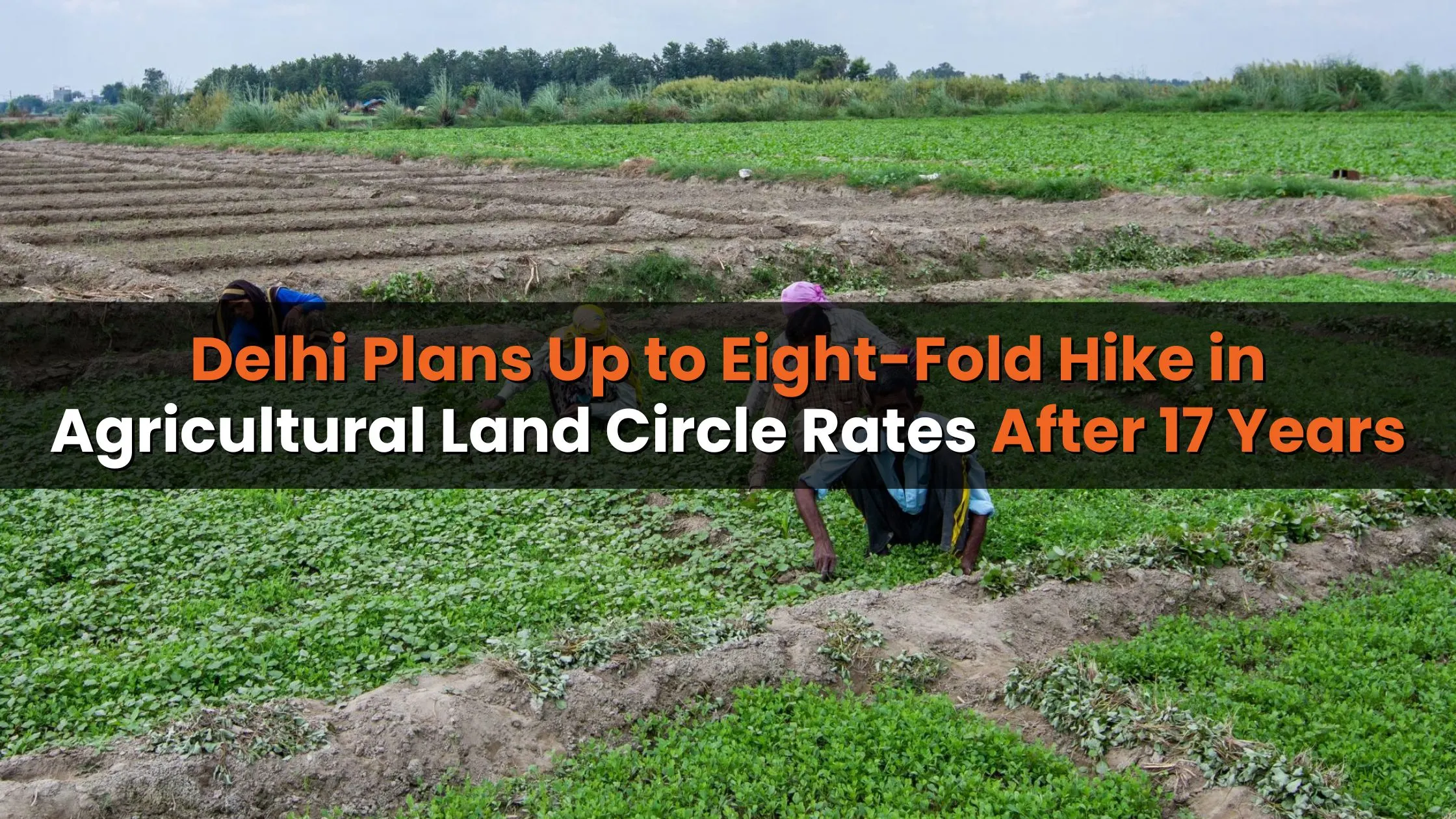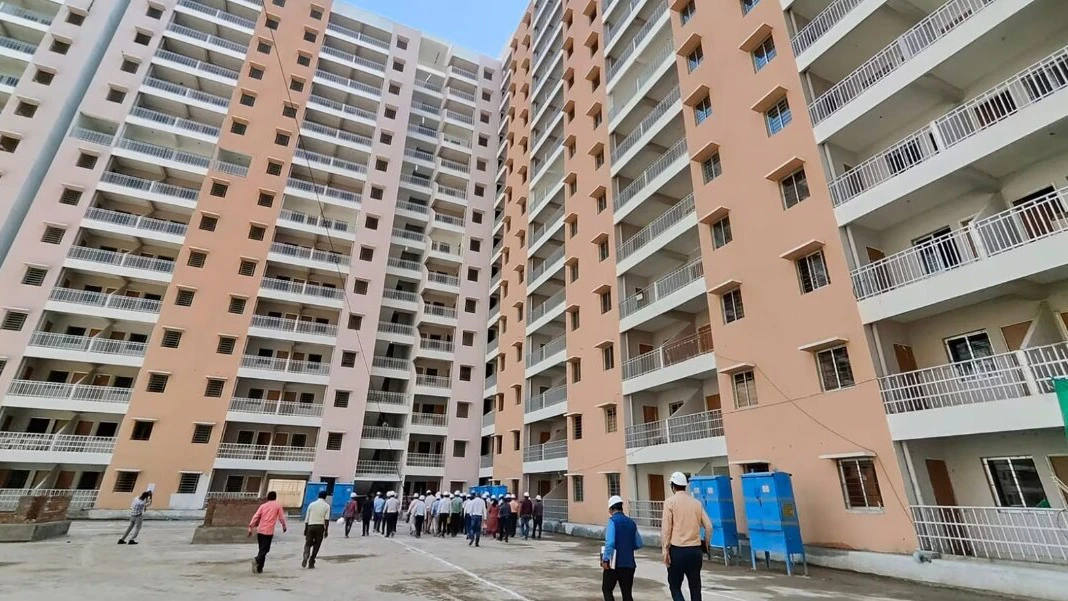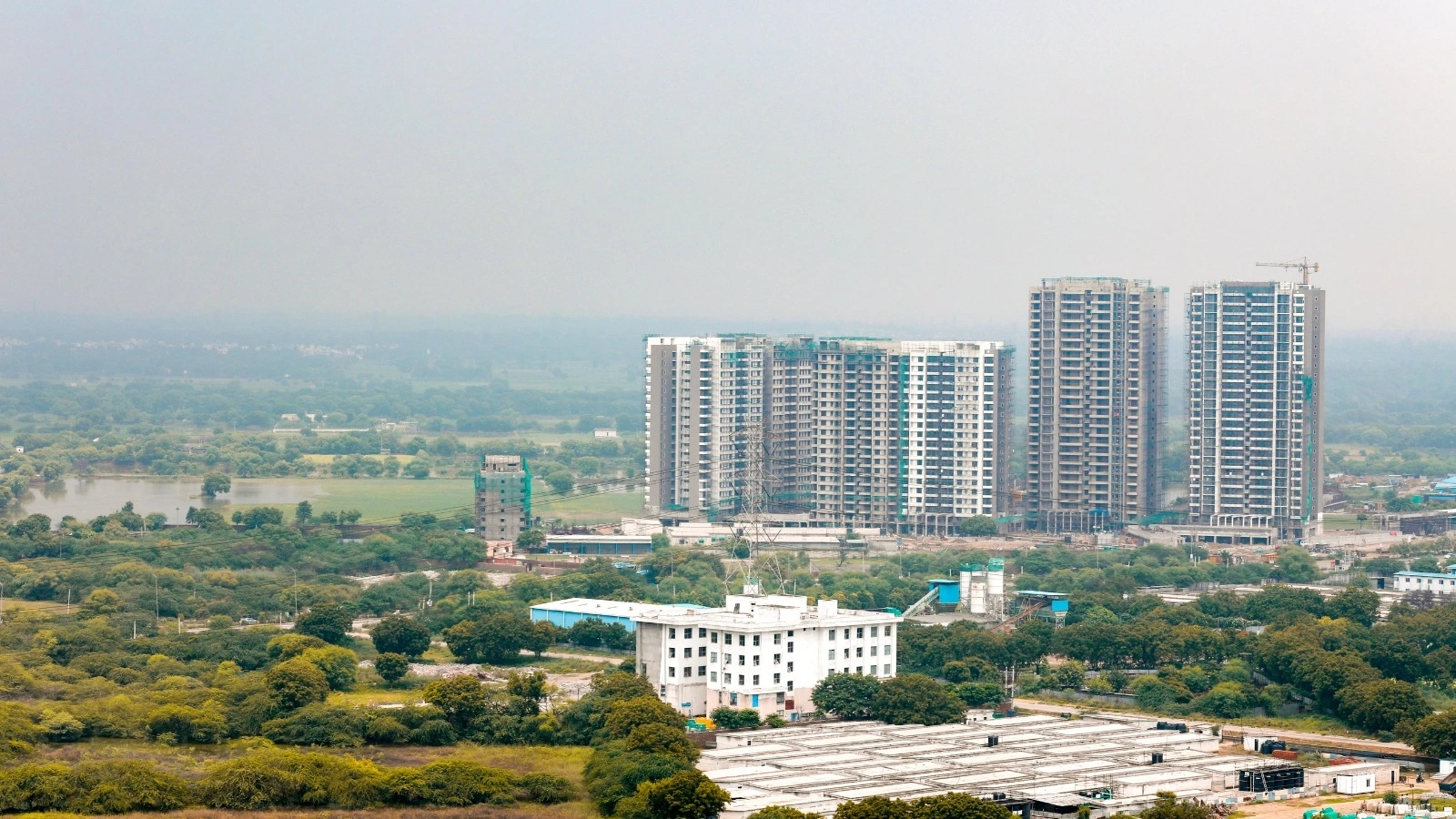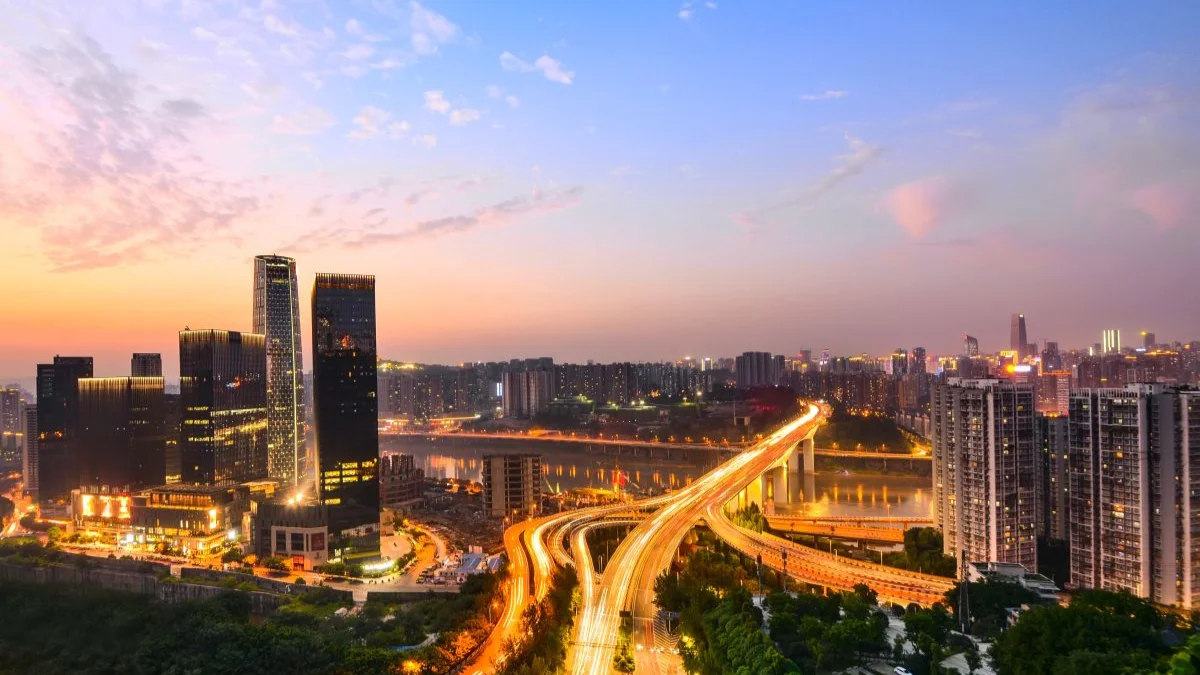Table of Content
India’s real estate sector continues to remain a key magnet for global and domestic investors, with private equity inflows in Indian real estate witnessing a sharp 20% quarter-on-quarter rise in Q3 2025. The surge, driven by robust housing sales, infrastructure growth, and policy stability, signals strong investor confidence in India’s long-term property market fundamentals.
As per industry analysts, the steady participation of large global funds and domestic institutions reflects the growing maturity of India’s real estate ecosystem, which has evolved from being cyclical to structurally driven by urban demand and transparent regulations.
Q3 2025 Snapshot
In the July–September quarter of 2025, private equity inflows touched approximately $1.8 billion, marking a 20% increase over Q2 2025. Compared to the same period last year, this represents nearly a 15% rise, underscoring sustained institutional interest despite a globally cautious investment climate.
Among asset classes, the residential sector accounted for nearly 40% of the inflows, a notable jump from the 25% share recorded a year ago. Commercial real estate including office spaces, business parks, and warehousing continued to attract about 50% of total investments, while emerging segments such as data centers and industrial parks made up the rest.
Cities like Mumbai Metropolitan Region (MMR), Delhi-NCR, Bengaluru, and Hyderabad remained the top destinations for private equity capital, collectively accounting for over 75% of total inflows in the quarter.
Also Read: Saya Group Launches ₹1,600 Crore Luxury Housing Project in Ghaziabad’s Indirapuram
What’s Driving the Surge in Private Equity Funding
Several factors have contributed to the recent surge in private equity inflows in Indian real estate. First, the post-pandemic recovery in housing demand has been exceptionally strong, with record home sales and price appreciation in leading metros. Developers are focusing on premium and mid-income projects, which continue to see steady absorption.
Second, India’s policy landscape has become far more predictable. The implementation of RERA, GST, and other reforms has increased transparency and reduced execution risks, making the sector more appealing to institutional investors.
Third, the urban infrastructure push from metro rail expansion to new airports and industrial corridors—has opened new investment corridors across Tier-1 and Tier-2 cities. Global investors are viewing these developments as long-term enablers of real estate value creation.
Finally, India’s macroeconomic stability and GDP growth trajectory continue to outperform most emerging markets, reinforcing confidence in sustained demand for both residential and commercial spaces.
Top Investors and Developers in Recent Deals
Some of the world’s largest institutional investors have remained active in India’s property market through Q3 2025. Blackstone, GIC, Brookfield, and CPPIB have either expanded their portfolios or entered new joint ventures with leading Indian developers.
For instance, Blackstone recently announced additional investment commitments in Grade-A commercial assets across Gurugram and Bengaluru. Similarly, GIC partnered with DLF to co-develop premium residential projects in Gurugram, while Brookfield acquired warehousing and logistics assets along the Mumbai–Pune corridor.
Domestic developers such as Prestige Group, Godrej Properties, and Oberoi Realty have also benefited from strong institutional partnerships, leveraging equity inflows to fund new launches and debt reduction.
Residential Segment’s Growing Share in PE Funding
A notable trend in recent quarters has been the rising allocation of private equity toward the residential segment. Traditionally dominated by commercial and office assets, investors are now diversifying into housing-led platforms due to the visible turnaround in end-user demand.
The NCR and MMR markets have witnessed double-digit price growth over the past year, prompting developers to accelerate project launches. As per Knight Frank and JLL reports, over 87,000 housing units were sold across top eight cities in Q3 2025, maintaining momentum despite high interest rates.
Institutional investors see this as a structural upswing driven not by speculation but by genuine homebuyer demand supported by higher disposable incomes and a maturing credit ecosystem.
Also Read: India’s Retail Leasing Jumps 45% YoY in Q3 2025; Mumbai Leads with 24.5% Share
Outlook for FY 2025–26: What Experts Predict
Industry experts expect private equity inflows in Indian real estate to remain strong through FY 2025–26, with an estimated $8–10 billion likely to enter across asset classes.
Key growth drivers will include the rise of REITs, expansion of rental housing and co-living segments, and increasing participation of global pension funds seeking stable returns in emerging markets.
Further, the emergence of data centers, industrial logistics, and retail revival post-pandemic will diversify the investment landscape, attracting both greenfield and brownfield capital. Analysts also predict greater activity in Tier-2 cities such as Pune, Ahmedabad, Lucknow, and Coimbatore, where demand fundamentals remain robust but valuations are more attractive.
Conclusion
The sharp rise in private equity inflows in Indian real estate underscores a new phase of stability and institutional depth in the sector. What was once a fragmented, developer-led market has now transformed into a transparent, investor-friendly ecosystem aligned with global standards.
As India’s cities expand and consumer demand deepens, private equity will continue to play a critical role in shaping the country’s real estate growth story funding large-scale projects, improving governance, and driving sustainable development for the decade ahead.

_1760339996.webp)






_1766133697.webp)
Ans 1. Private equity inflows reached approximately $1.8 billion in Q3 2025, marking a 20% increase over Q2 2025 and a 15% rise compared to the same period last year.
Ans 2. Commercial real estate, including office spaces and business parks, attracted about 50% of total inflows. The residential sector saw a significant jump to 40%, while emerging segments like data centers and industrial parks accounted for the remainder.
Ans 3. Mumbai Metropolitan Region (MMR), Delhi-NCR, Bengaluru, and Hyderabad are the leading destinations, collectively receiving over 75% of total private equity inflows.
Ans 4. Key drivers include robust post-pandemic housing demand, predictable policy environment (RERA, GST), urban infrastructure expansion (metros, airports, industrial corridors), and India’s stable macroeconomic growth.
Ans 5. Global institutional investors like Blackstone, GIC, Brookfield, and CPPIB are active through joint ventures and acquisitions. Domestic developers such as Prestige Group, Godrej Properties, and Oberoi Realty are leveraging equity inflows for new launches and debt reduction.
Ans 6. Investors are diversifying into residential projects due to strong end-user demand, higher disposable incomes, a maturing credit ecosystem, and visible price growth in top cities.
Ans 7. Over 87,000 housing units were sold across the top eight cities in Q3 2025, maintaining strong momentum despite high interest rates.
Ans 8. Experts expect inflows of $8–10 billion across asset classes, driven by REIT growth, expansion of rental housing and co-living, and increased activity in Tier-2 cities like Pune, Ahmedabad, Lucknow, and Coimbatore.
Ans 9. Private equity brings transparency, institutional governance, and long-term capital, enabling developers to launch large-scale projects, reduce debt, and accelerate real estate development sustainably.
Ans 10. Yes. Cities like Pune, Ahmedabad, Lucknow, and Coimbatore are gaining investor attention due to strong demand fundamentals and attractive valuations compared to Tier-1 cities.